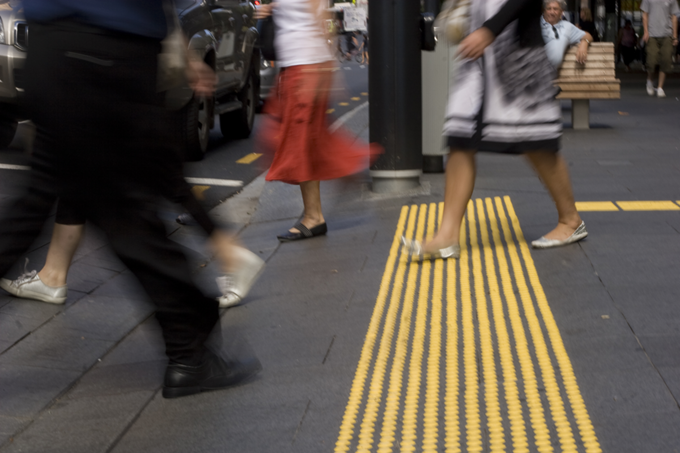Pedestrians are often seen as contributing to the cost of congestion by obstructing the flow of traffic. In fact, walking is the most important transport mode in Auckland city centre.
But what if you could put a dollar value on the benefit of a walkable city? Until recently this has not been measured.
A world-leading project has shown it can now measure the value of walking versus other forms of transport and was recognised by winning the Understanding Walking Award at the Living Street Aotearoa Golden Foot awards this week.
The Business Case for Walking
Led by Auckland Council’s Auckland Design Office, the Business Case for Walking quantifies the economic cost of pedestrian delay in just the same way that transport planners have traditionally quantified the cost of traffic congestion to justify large-scale road building programmes.
“Auckland’s city centre has half a million walking trips every weekday and traffic delaying pedestrians in Queen Street can cost $11.7 million a year according to one study,” said Auckland Council urban design champion Ludo Campbell-Reid.
“The business case, prepared by the council’s Research and Monitoring Unit and colleagues from Boffa Miskell and MRCagney, shows how walkability and great public spaces can now be assessed alongside driving, so transport projects can assess the benefits of walking too. It’s a new take on walking.”
The project manager and manager of Transport and Land Use Integration in the Auckland Design Office, Darren Davis, says, “This proves the self-evident fact that walking means business and that great walking environments and great public spaces are an economic elixir.”


